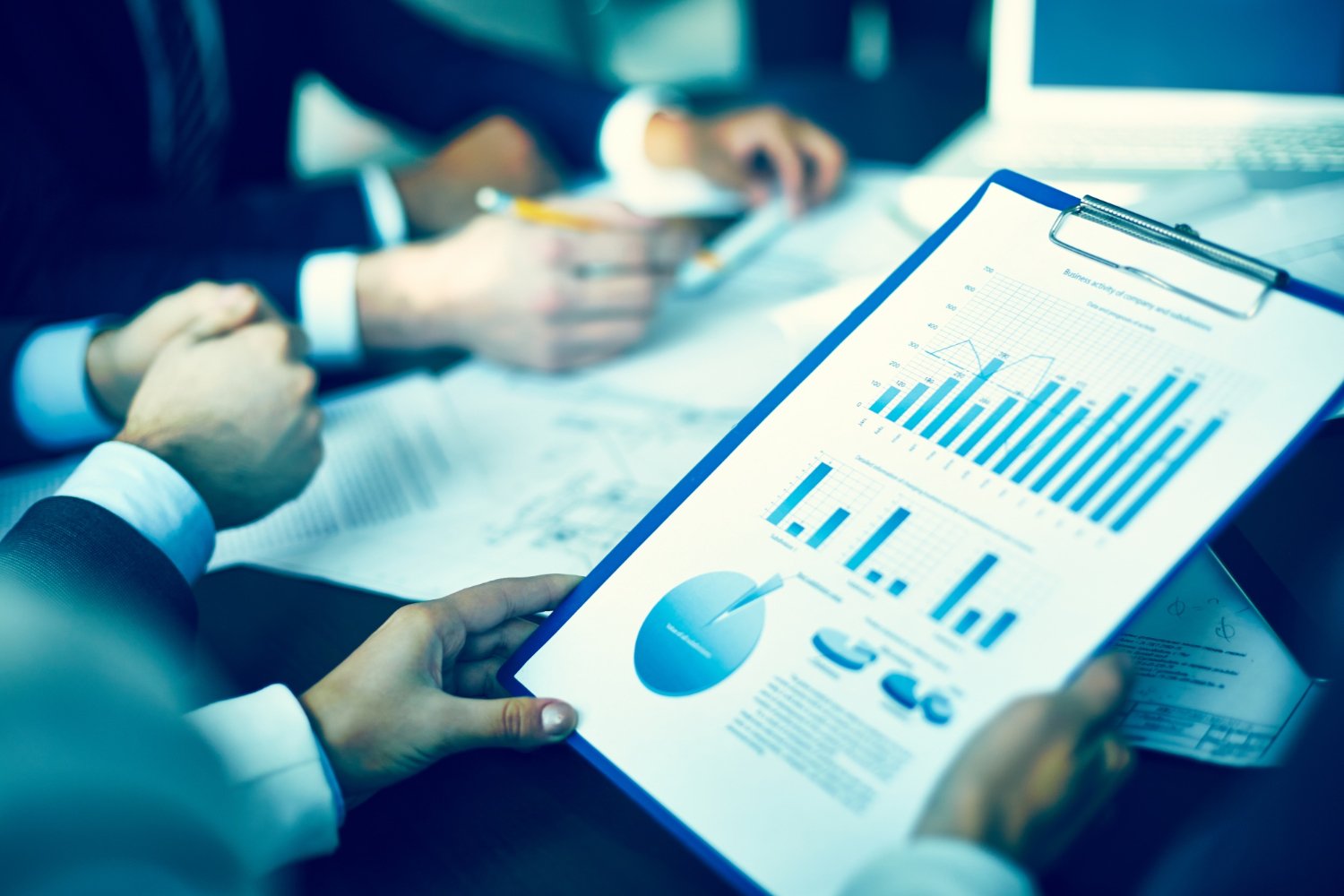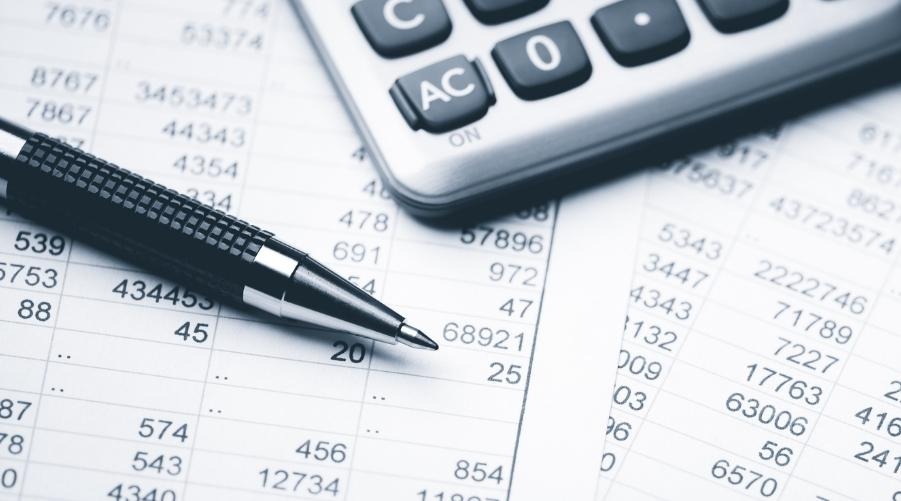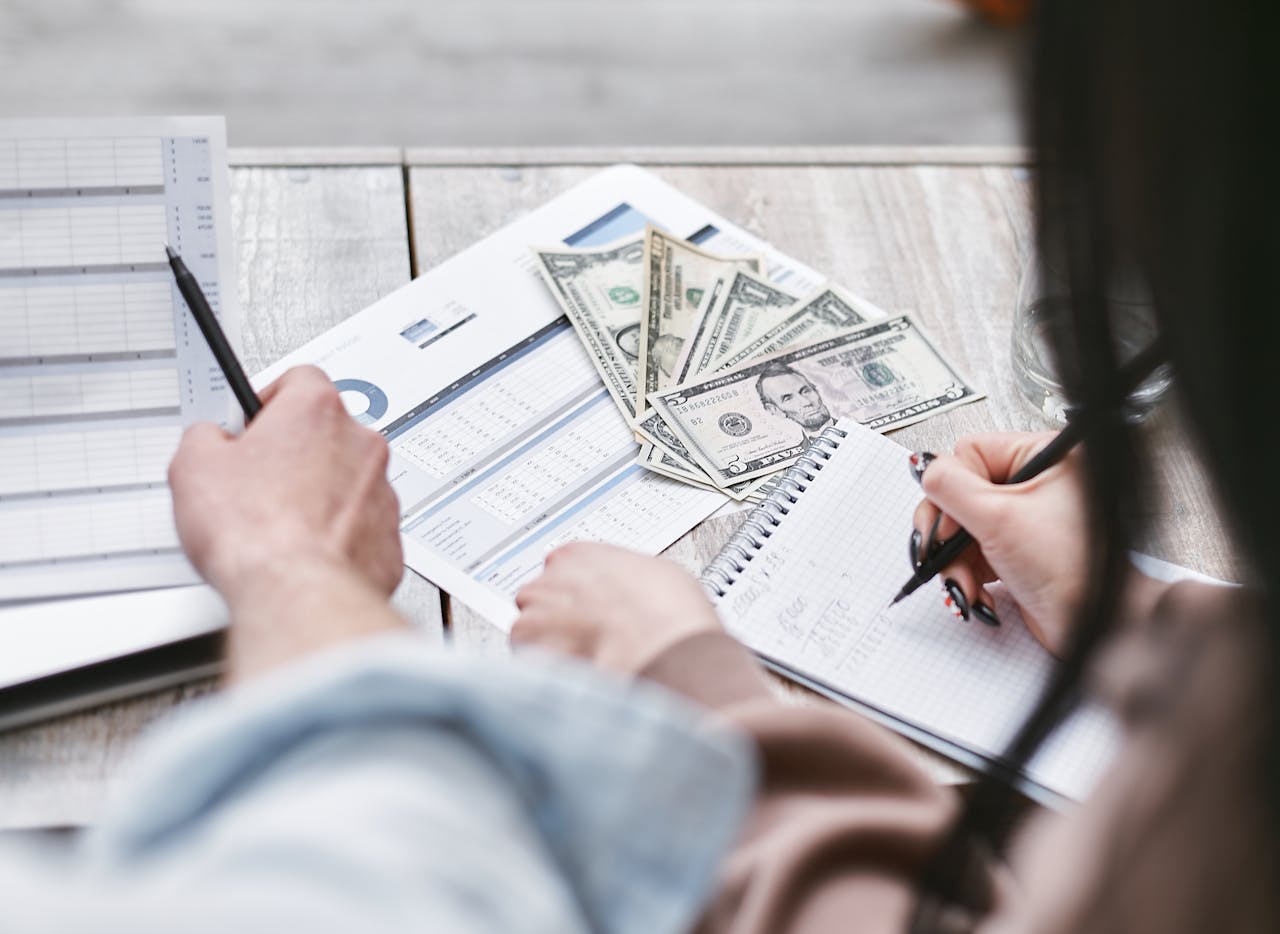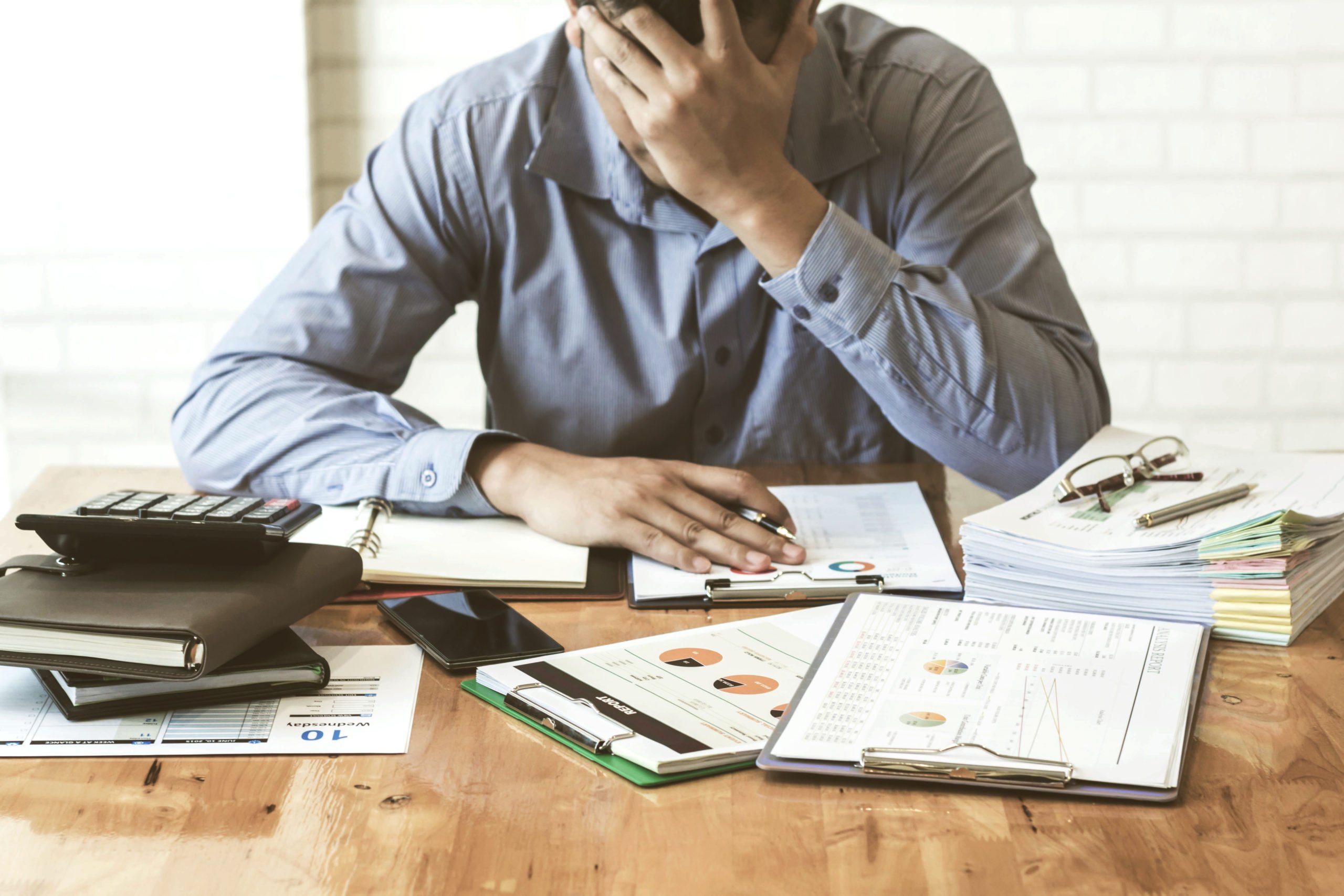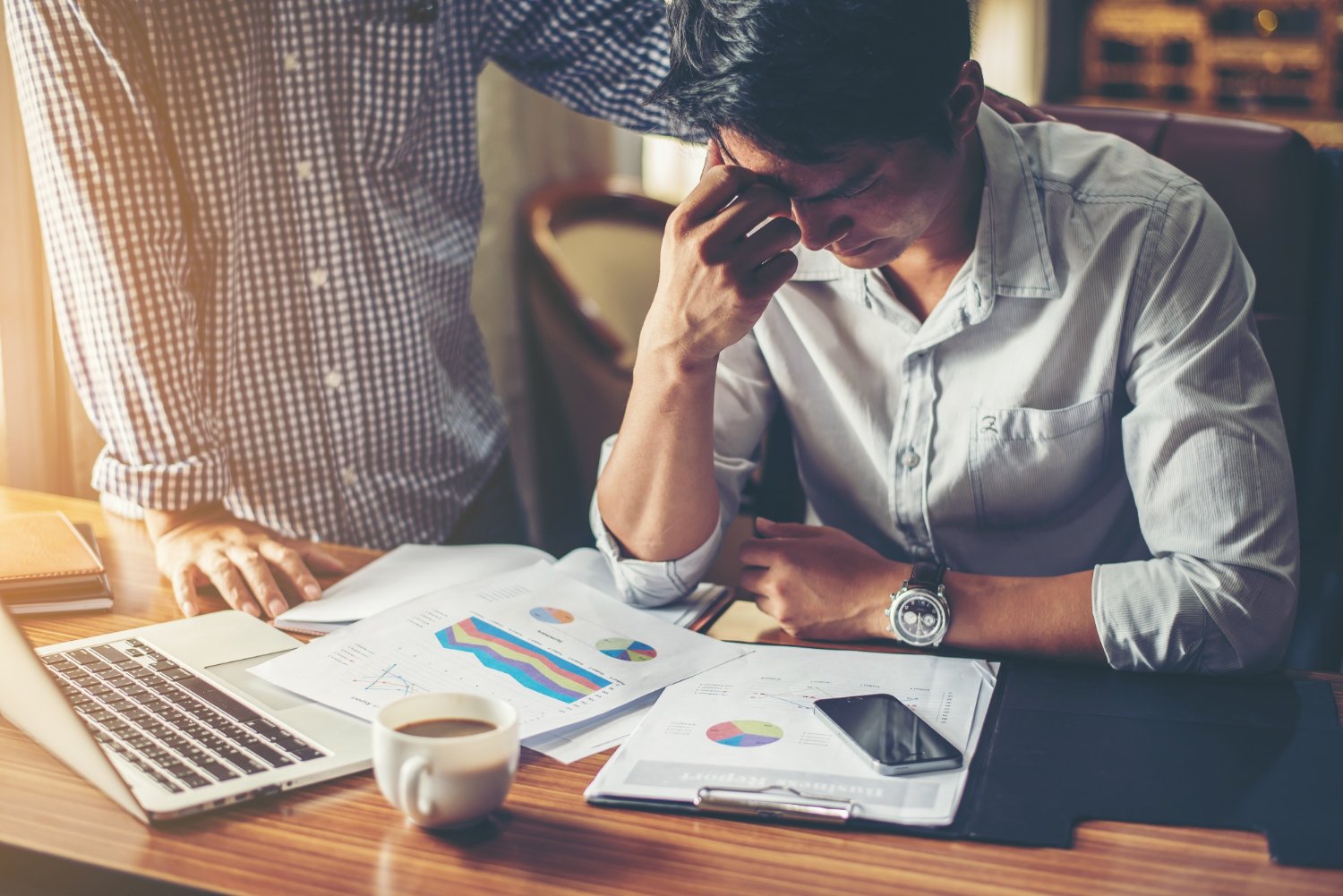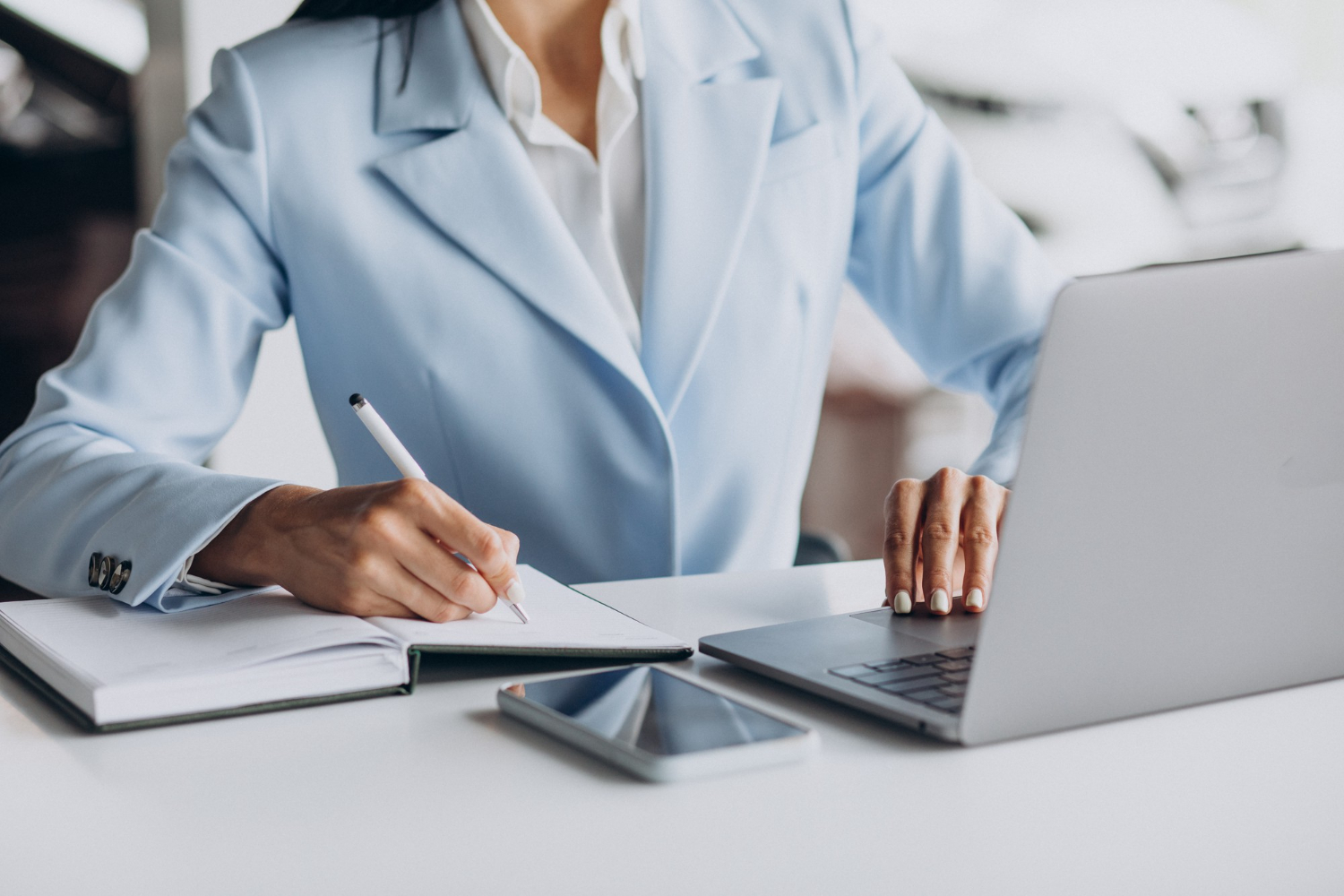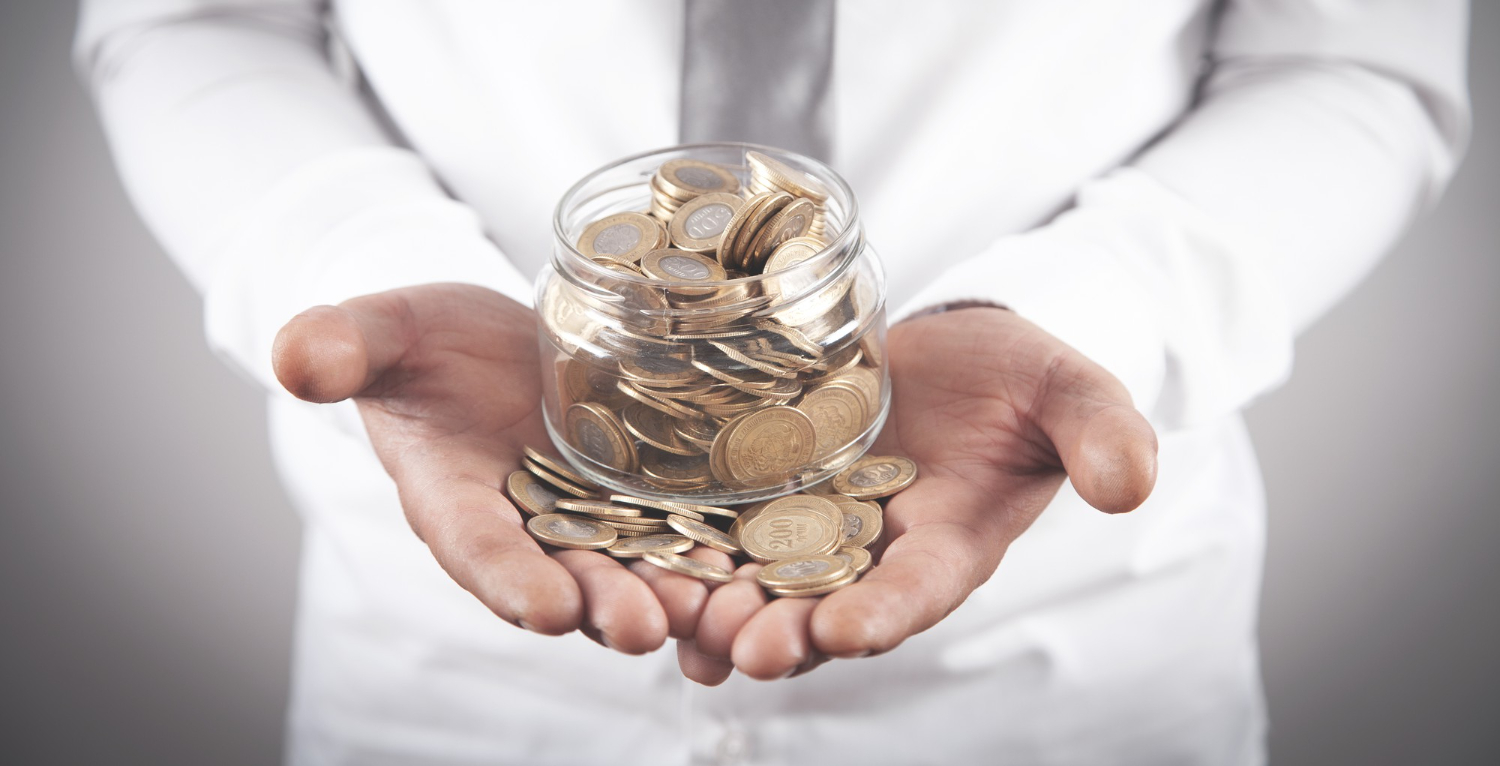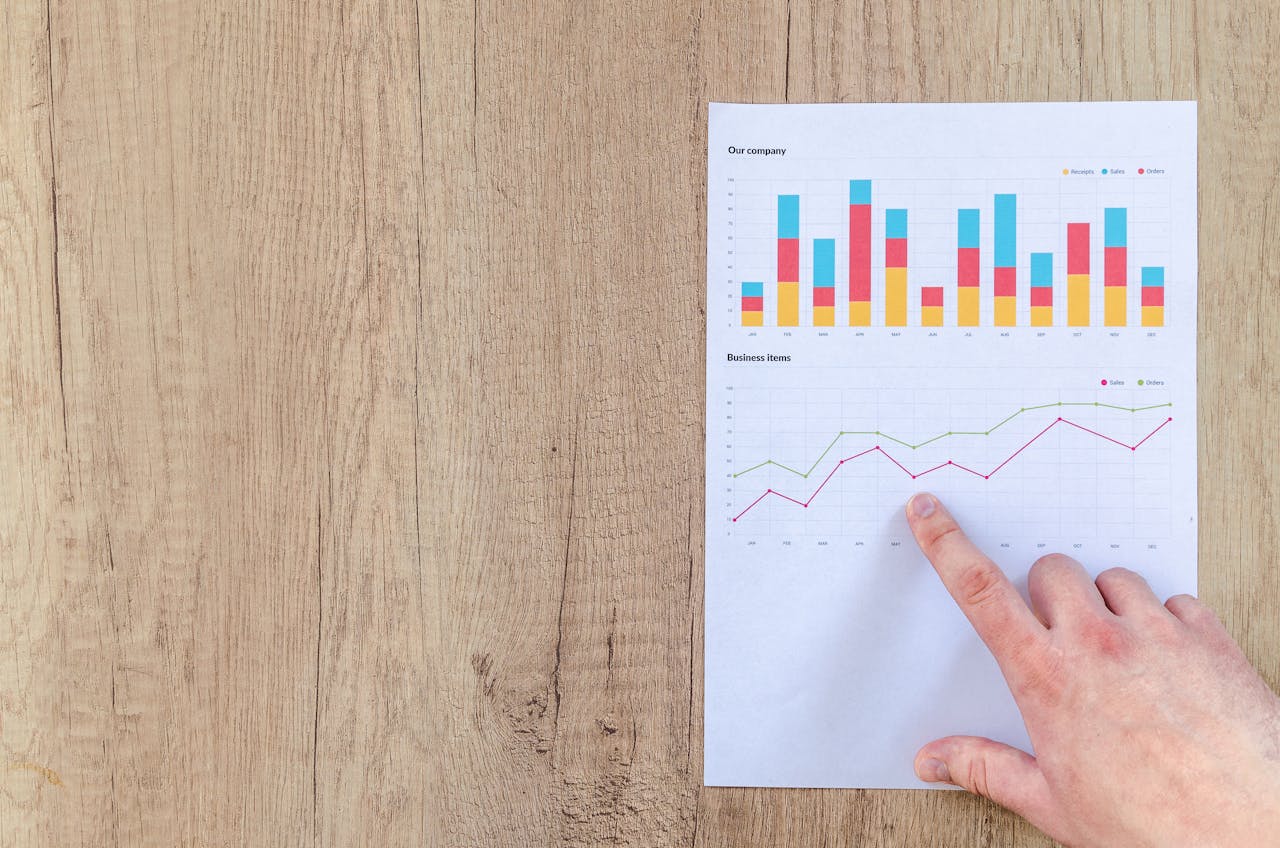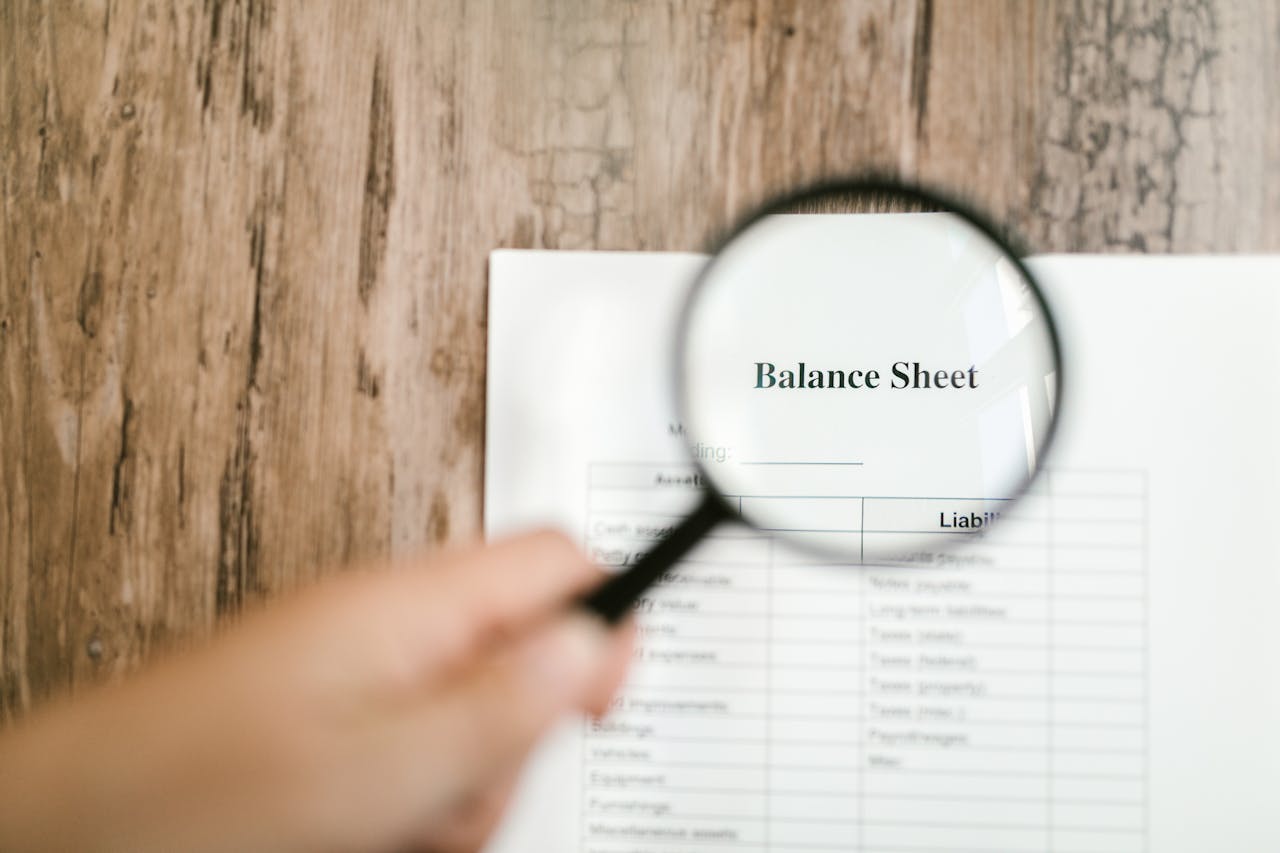

The balance sheet is packed with financial information crucial to understanding the health of your company. However, for a lot of people, it’s one of the hardest financial statements to get to grips with.
Even the most fundamental pillar of the balance sheet, “why it needs to balance”, eludes many of us. It’s easy to look up the formula, but not so easy to understand why this formula is the way it is.
It’s actually a lot simpler than you think. Let’s take a look.
What is a balance sheet?
A balance sheet is a key financial report that provides a general snapshot of your business’ financial position at any given time. It will show your business’ assets and liabilities, alongside a host of other metrics, such as shareholders equity. The balance sheet has to follow the fundamental accounting equation, which is that your business assets must equal your liabilities plus shareholders equity.
We recommend that if you want further detail into the principles of financial reporting, to explore the accounting standards from the IFAC for global best practices in balance sheet preparation.
Get started with our forecasting software so that you can plan your business' future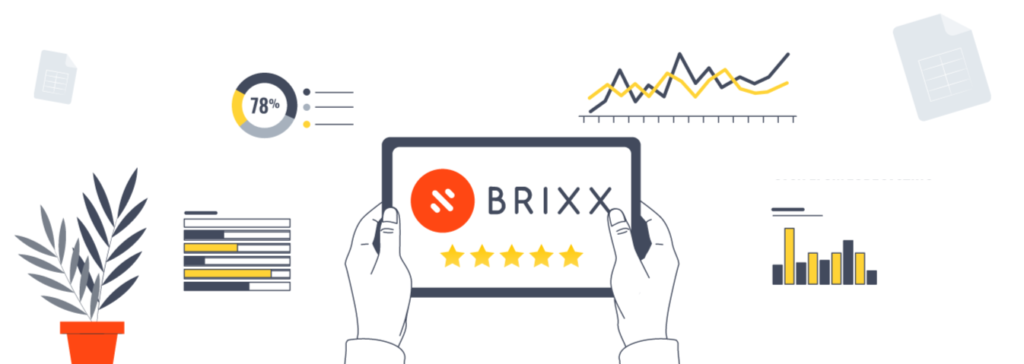
Track your finances with Brixx
What does a balance sheet consist of?
The balance sheet is split into two halves. Each half should add up to the total value in the business. The balance sheet formula is below:
Assets = Liabilities + Shareholders’ Equity
The top half (Assets) breaks down how this value is being used in the business.
The bottom half (Liabilities + Equity) breaks down how this value was acquired, i.e. the sources of funding.
The two halves must balance because the overall value of the business’s assets will have been financed through a combination of liabilities and equity. If they aren’t balancing, it can only mean that something has been missed or an error has been made.
Balance sheet assets: what does the company own?
The assets of a balance sheet include everything that could contribute to the value of the business. It can range from the cash in your bank account to the value of equipment you own. You’ll even see the value of money owed to you but not yet received (accounts receivable). This still counts as an asset even though you the cash isn’t with the business just yet.
Balance sheet liabilities: what does the company owe?
Liabilities represent the company’s debts or obligations to external parties. It takes all forms of debt into consideration, such as outstanding loans or tax payments. These can also be placed into different categories – to note, current liabilities and long-term liabilities.
- Current liabilities are the obligations that your business is expected to settle within a year, which can be accounts payable, or short-term loans, etc.
- Long-term liabilities are the obligations your business needs to pay beyond one year, which can be long-term loans, etc.
Balance sheet shareholders’ equity
Shareholders’ equity is the remaining value in the company’s assets once liabilities have been deducted. It consists of:
- Share capital: This is the overall value of shares that your business has issued to shareholders
- Retained earnings: These are the business’ overall profits or losses that have been kept within your business rather than being paid toward shareholders as dividends.
- Additional paid-in capital: These are the amounts that shareholders have paid for shares that exceeds the overall share capital.
With all of these components in mind, it should be impossible for the balance sheet to ever be unbalanced.
But sometimes it doesn’t balance! Which means something must have gone horribly wrong…
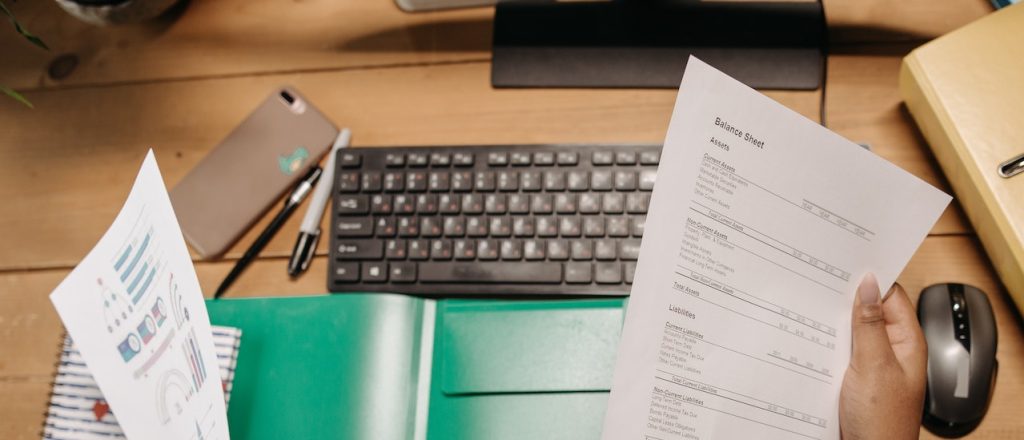
So, what is the rule of a balance sheet?
The core rule of a balance sheet is that the total assets must always equal the amount to the total liabilities plus any equity.
The equation – which is Assets = Liabilities + Equity – makes sure that all of your business’ financial transactions are recorded properly, which will reflect your business’ true financial position.
If the equation doesn’t actually balance, it can indicate an error, which could be anything from missing transactions to misclassified accounts. Making sure that you maintain this balance is key for accurate financial reporting.
How to read a balance sheet
A balance sheet will provide your business with an overview of it’s financial position. However, you must be able to understand what it’s trying to tell you in order to make any sense of it!
Your first step is analysing based on the calculation we’ve previously discussed. Check to see if your total assets equal your total liabilities plus equity – and any imbalance will signal an error.
Next, analyse current vs. long-term assets and liabilities to assess liquidity and debt obligations. Look at equity changes over time to gauge business growth. A financial ratio like the current ratio (current assets ÷ current liabilities) can help your business to determine any short-term stability, while the debt-to-equity ratio (total debt ÷ total equity) can show your business’ financial leverage.
If you regularly review these elements, your business can make practical, informed decisions and plan for the future in a positive way. For anymore resources on reading and understanding balance sheets and financial reports, you can visit the AICPA’s financial reporting page.
What could cause a balance sheet not to balance?
For a balance sheet not to balance, there must be an error somewhere in the report. This can either be human or a software error:
Data entry errors
Any incorrect recordings of your business’ financial data can lead to an imbalance in the balance sheet. This can be caused by simple mistakes, such as entering the wrong numbers or potentially misplacing a decimal point. This can result in the balance sheet formula not calculating correctly.
Omissions or missing transactions
If you have accidentally missed or excluded items for the balance sheet, this will also cause an imbalance. If you miss a liability, your balance sheet won’t actually reflect your correct financial position.
Timing differences
If your business transactions occur over different periods of times and aren’t accounted for correctly, you will see an imbalance. If you miss an expense in one period, but then include it in another, it will disrupt your report.
Reconciling items
Some of the items in your balance sheet may require adjusting or reconciling, leading to a temporary imbalance. A very common example here is differences in foreign currency translations, which can cause a balance sheet to be out of balance until the correct adjustments have been made.
Complex financial instruments
Sometimes, you may find that complicated financial tools – such as derivatives – can be hard to value or account for correctly. This might make it tricky to show them accurately on your balance sheet, and may cause your numbers to be off

What happens if a balance sheet doesn’t balance?
If your balance sheet doesn’t result in a correct balance, it will signal an error that requires your immediate action! It can be due to data entry mistakes, or missing transactions and accounts, etc. An unbalanced balance sheet will misrepresent your business’ financial health, which can lead you to make decisions that might be detrimental.
Using a financial modelling tool like Brixx can help you to maintain accurate records and ensure discrepancies don’t happen in the first case!
Making a start on your balance sheet
When you look at the two halves of your balance sheet, it can be like looking at two sides of the same coin. The top half and the bottom half break down the same figure: the total value of the business. It should typically always balance because all of the transactions impact both sides – they will show where the money came from, and how it’s being used.
As long as your double-entry accounting is correctly maintained, the balance sheet will always balance. If it doesn’t, you can come to the conclusion that an error has occurred in the process. Understanding this fundamental principle makes it easier to analyse this key report.
If you want to make the process even easier, make sure to get started with Brixx. With Brixx’s powerful financial modelling tools, you can easily stay on top of all of your financial metrics, be it assets, liabilities, and equity! Make sure your balance sheet stays up to date and accurate with Brixx.
Further information on your balance sheet
A balance sheet example
Let’s say you have £10,000 sitting in your bank account. This is classed as an asset, so it sits on the top half of the balance sheet.
On the bottom half, we have two activities happening:
- A loan of £5,000 that we need to pay back (a liability).
- Retained profit (money earned by the business in a previous period) of £5,000 (equity).
In this simple example, there’s £10,000 in the bank, which came from a combination of a £5,000 loan and £5,000 worth of profit from the last month.
So, the assets show where the value in the business is (your bank account), and the bottom half shows where it came from (the loan and past profits). The balance sheet balances because both halves account for the same money.
This can get more complex in a full balance sheet where the value is split across various assets (e.g., inventory, property, equipment), and liabilities can include multiple debts, loans, or obligations. However, the principle remains the same due to double-entry accounting. Every transaction gets recorded in at least two places to ensure the balance sheet stays balanced.
| Balance Sheet Example | Amount (£) |
|---|---|
| Assets (What the business owns) | |
| Cash (Bank Account) | £10,000 |
| Liabilities & Equity (Where the money came from) | |
| Loan | £5,000 |
| Retained Profit | £5,000 |
| Total Liabilities + Equity | £10,000 |



